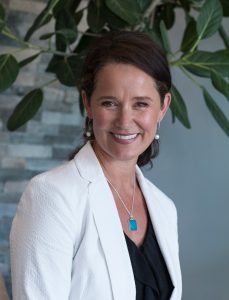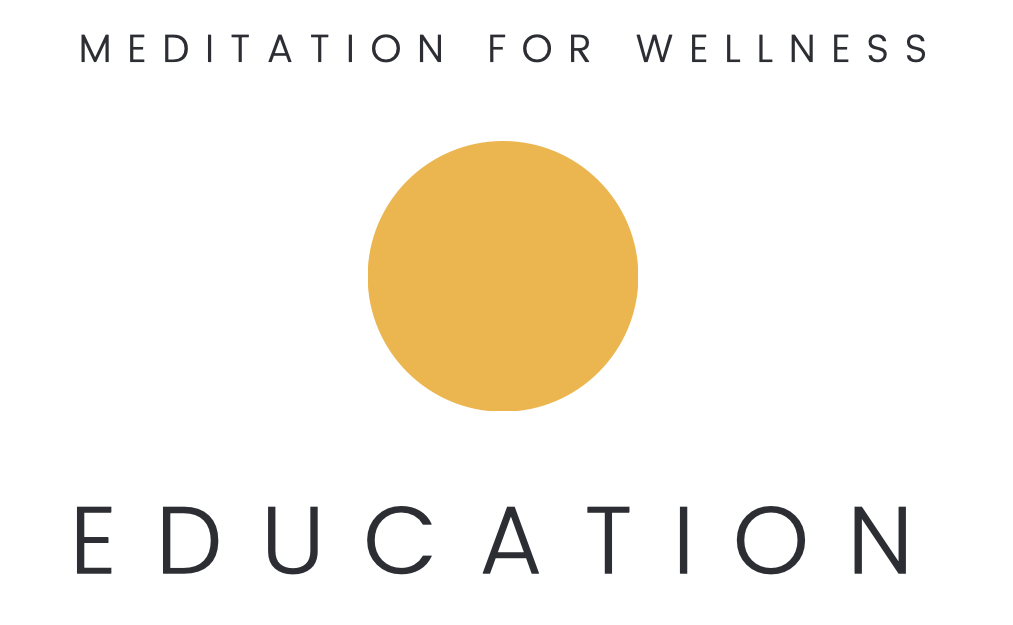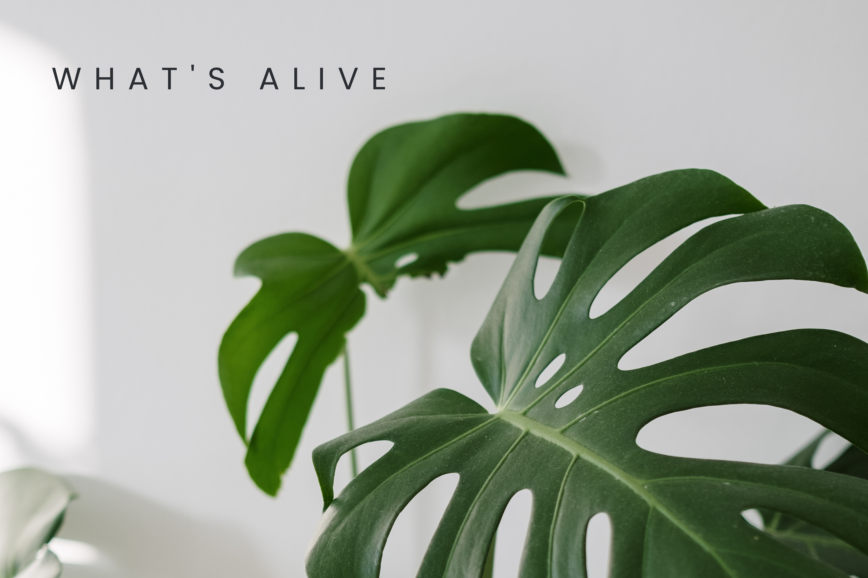So often educators are in professional development with focus on curriculum, instruction, social and emotional learning for kids, safety… all priorities that are extremely important. Here we discuss not only professional development for educator self-care, but how that carries through in the classroom with youth. I hope you enjoy!
Wellness for Educators
As far as the staff, we want them to be embodied in a healthy, regulated nervous system; number one, for their own well-being, so they feel good. I do believe that we’re built for wellness and intended for joy, so we’re intended to feel good, and when we don’t, these are our cues to pay attention to something that may be going on. And so we want them first and foremost to feel good and to be embodied in a healthy, regulated nervous system, and what we also know is that youth are actually tuning in very closely to our teachers, whether they appear to be or not. Not only are they tuning in, but they are attuning to that nervous system, too. This is where their nervous systems area actually developing, and they’re developing through the adults they spend the most time with. In the home, it’s one to three people, and in schools, its teachers, administrators, the people that they spend the most time with in the classroom.

Wellness for Youth
There are two different ways that this material can make it to youth in schools. One is through explicit teachings; give them a breath technique, have them anchor attention to sound, do a body scan with them… all kinds of different things that can be done in terms of mindfulness and or meditation as explicit teachings with kids. But it’s also through that healthy, embodied nervous system of the adult when they walk in the room; that ability to be fully present. And kids have a really good BS detector. They can sense when we’re putting on a happy face, but we’re really not feeling that. And anytime there’s too much distance between how we really feel and how we appear or what we’re trying to portray, it takes a lot of resources from the person that’s in that mode, in that state. I know it. I’ve been there. I’ve done that. And our kids can detect that, because when the system is regulated, at ease, connected, and fully present, there is all kinds of biofeedback that as humans we’re giving off. The muscles around the eyes give information, the pupil dilation gives information, the scent, our hormones, and how we actually have certain smells that come up and out give that information…. our posture, our prosody in our voice….

Nurturing Psychological Safety
All of these things are signals. It’s biofeedback to kids that help them determine, “Am I safe?” “Is this person present?” “Is there a connection right now, or is this person not present with me?”
They might not know this explicitly, like, consciously I don’t feel present with this person or this person doesn’t feel present with me. They know this through all of this feedback that we’re getting at all times. And so we could say things like – make sure there’s prosody of your voice and your eye contact is connected and your body posture or positioning signals that you’re present and you’re safe. But if we would just say, learn how to regulate your nervous system and go in with that embodied nervous system, all those other variables are in play automatically. So those byproducts are there and our connection is back and this is where trust is found. Because if we’re acting one way but feeling something different or if we’re trying to portray one thing, but we’re truly feeling something different, our kids sense that. They sense that, and this is where a little bit of that disconnect starts and the depth that is available in a relationship begins to diminish. Because’re back to that – we are either connecting or protecting. We’re in one of those two modes most all of the time and the practice helps us connect.




